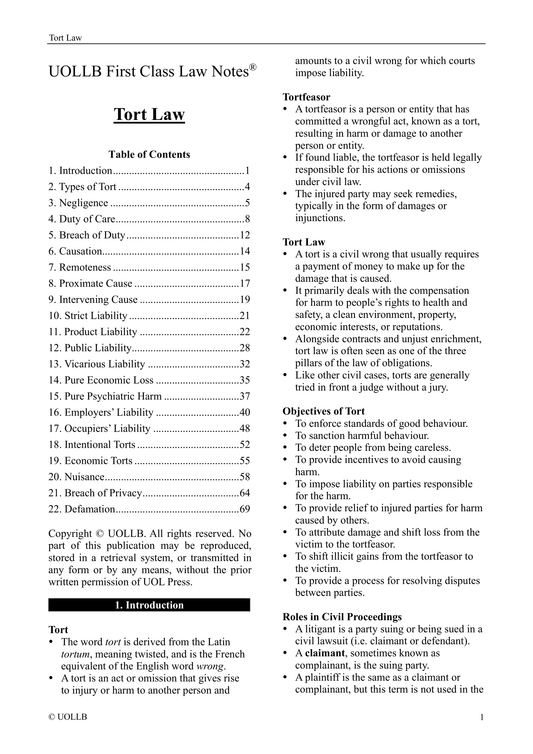Right of Way in English Land Law
Share
In English land law, the right of way stands as a cornerstone, facilitating access and passage over another's property. Rooted in centuries of legal precedent and legislation, understanding the nuances of the right of way is essential for property owners, developers, and legal practitioners alike. This article endeavours to provide a comprehensive exploration of the right of way in English land law, delving into its definition, creation, enforcement, and contemporary relevance.
At its essence, the right of way confers upon an individual or entity the legal entitlement to traverse across another's land. It encompasses the concept of an easement, a nonpossessory interest in land, which serves to ensure practical access and usability of properties. The right of way may be crucial for unlocking the full potential of land, particularly in cases where alternative routes are unavailable or impractical.
English land law recognises various forms of the right of way, each with distinct characteristics and legal implications:
- Express right of way: This is explicitly granted through a deed, contract, or legal instrument, clearly delineating the scope and limitations of the right of way. Express rights of way are typically created upon the subdivision or transfer of land, with provisions for access stipulated in writing.
- Implied right of way: Implied rights of way arise by necessity or by prior use, inferred from the circumstances surrounding the land's history and usage. They may be established based on longstanding paths, roads, or access routes that have historically been utilised by the landowners or their predecessors.
- Prescriptive right of way: Also known as an easement by prescription, this right of way is acquired through continuous, open, and uninterrupted use of another's land for a statutory period, typically many years. Prescriptive rights of way are akin to adverse possession but specifically pertain to easements.
The creation and enforcement of a right of way entail a multifaceted legal process, involving various mechanisms and considerations:
- Creation: A right of way may be created through an express grant, implied necessity or prior use, or prescription through long-term usage. Legal documentation and adherence to statutory requirements are essential for establishing a valid right of way.
- Enforcement: Once established, the right of way is enforceable by law, and the burdened landowner must refrain from obstructing or impeding the right of passage. Failure to respect the right of way may result in legal action, injunctions, or damages.
In the contemporary landscape of English land law, the right of way remains a topic of ongoing significance and complexity. Evolving patterns of land use, development, and urbanisation present new challenges and considerations for the interpretation and application of rights of way. Issues such as digital mapping technologies, public access rights, and disputes over access to private property continue to shape the legal discourse surrounding the right of way.
In conclusion, the right of way stands as a vital pillar of English land law, facilitating access, and ensuring the practical usability of properties across the country. Its multifaceted nature, encompassing express, implied, and prescriptive rights, underscores its importance in property transactions and disputes. By comprehensively examining its definition, types, creation, enforcement, and contemporary relevance, this article aims to illuminate the intricate terrain of the right of way within the broader landscape of English land law.




























































